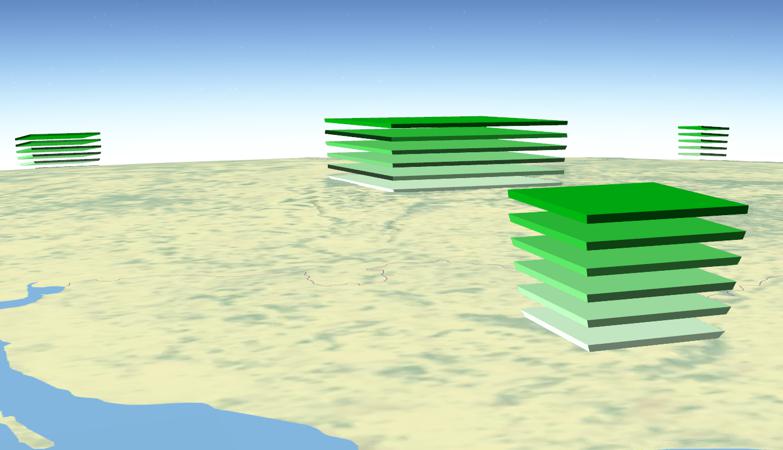Permanent resident population in Europe

The population of the 28 Member States of the EU grew from 407 million in 1960 to just over 508 million in 2015. Population growth in the EU was strongest at the beginning of this period in the 1960s, when average annual increases were generally over 3 million persons per year, peaking at 4.2 million in 1963. The rate of population change slowed down significantly in the 1970s, and by the 1980s
Inhabitants
Tags: Global Switzerland, Society and Culture, Demography, Demography
Spatial extent: Europe
Time: 1950 – 2020
Map objects: Albania, Algeria, Andorra, Armenia, Austria, Azerbaijan, Belarus, Belgium, Bosnia and Herzegovina, Bulgaria, Croatia, Cyprus, Czechia, Denmark, Egypt, Estonia, Faroe Islands, Finland, France, Georgia, Germany, Greece, Greenland, Hungary, Iceland, Iran, Iraq, Ireland, Israel, Italy, Jordan, Kazakhstan, Kosovo, Latvia, Lebanon, Liechtenstein, Lithuania, Luxembourg, Malta, Moldova, Monaco, Montenegro, Morocco, Netherlands, North Macedonia, Norway, Palestinian Territories, Poland, Portugal, Romania, Russia, San Marino, Saudi Arabia, Serbia, Slovakia, Slovenia, Spain, Sweden, Switzerland, Syria, Tunisia, Turkey, Ukraine, United Kingdom
